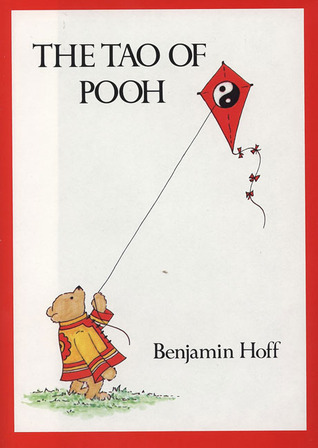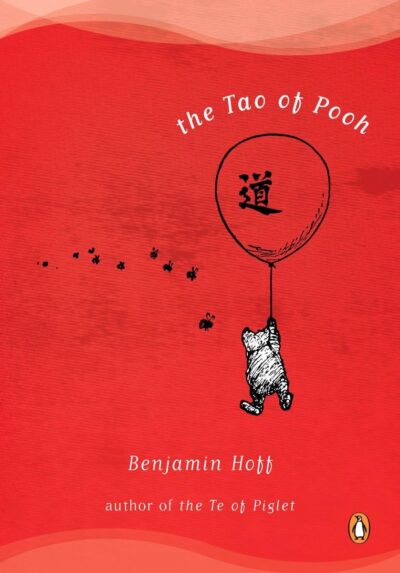147 Results in the "Philosophy" category
Biography & Memoir (513)
Books Like (9)
Business & Finance (3)
Children’s Fiction (235)
Dystopian (30)
Education & Learning (26)
Fantasy (1832)
fashion (1)
Fiction (5781)
Health & Wellness (21)
Historical Fiction (662)
Horror (162)
Literary Fiction (1011)
Non-Fiction (1305)
Novel (240)
Others (106)
Poetry (208)
Politics & History (126)
Posts (121)
Psychology (50)
Religion & Spirituality (1)
Romance Novel (771)
Science & Technology (65)
Science Fiction (409)
Self-Help & Personal Development (112)
The Ultimate Book Lists (1)
Thriller / Mystery (912)
Travel & Adventure (2)
True Crime (57)
view (96)
Young Adult (751)
-
Story
I Cheerfully Refuse
 "I Cheerfully Refuse" is a novel by Leif Enger, published on April 2, 2024. Set in a near-future America marked by societal collapse and environmental challenges, the story follows Rainy, a musician who embarks on a journey across Lake Superior in search of his beloved wife, Lark, a bookseller who has recently passed away. As Rainy navigates the treacherous waters, he encounters a society plagued by illiteracy, a corrupt ruling class, and crumbling infrastructure. Along the way, he forms unexpected alliances, including with a young girl named Sol, and becomes an inadvertent symbol of resistance against the oppressive forces that dominate this dystopian landscape. The novel explores themes of love, loss, resilience, and the enduring power of storytelling.
"I Cheerfully Refuse" is a novel by Leif Enger, published on April 2, 2024. Set in a near-future America marked by societal collapse and environmental challenges, the story follows Rainy, a musician who embarks on a journey across Lake Superior in search of his beloved wife, Lark, a bookseller who has recently passed away. As Rainy navigates the treacherous waters, he encounters a society plagued by illiteracy, a corrupt ruling class, and crumbling infrastructure. Along the way, he forms unexpected alliances, including with a young girl named Sol, and becomes an inadvertent symbol of resistance against the oppressive forces that dominate this dystopian landscape. The novel explores themes of love, loss, resilience, and the enduring power of storytelling.-
4.3 K • Jan 23, '25
-
4.7 K • Jan 23, '25
-
4.6 K • Jan 23, '25
-
-
Story
The Tao of Pooh
 The Tao of Pooh by Benjamin Hoff uses Winnie the Pooh to explain Taoism, showing how simplicity and harmony lead to peace and contentment.
The Tao of Pooh by Benjamin Hoff uses Winnie the Pooh to explain Taoism, showing how simplicity and harmony lead to peace and contentment.-
4.5 K • Jan 24, '25
-
4.9 K • Jan 24, '25
-
4.2 K • Jan 24, '25
-
-
Story
The Tao of Pooh
 The Tao of Pooh by Benjamin Hoff is a charming and accessible exploration of Taoist philosophy through the beloved characters of A.A. Milne’s Winnie the Pooh.By using Pooh’s simple, natural way of living as a guide, Hoff illustrates key Taoist principles such as effortless action (wu wei), simplicity, and living in harmony with the world.Blending humor, storytelling, and wisdom, The Tao of Pooh offers…
The Tao of Pooh by Benjamin Hoff is a charming and accessible exploration of Taoist philosophy through the beloved characters of A.A. Milne’s Winnie the Pooh.By using Pooh’s simple, natural way of living as a guide, Hoff illustrates key Taoist principles such as effortless action (wu wei), simplicity, and living in harmony with the world.Blending humor, storytelling, and wisdom, The Tao of Pooh offers…-
2.6 K • Apr 27, '25
-
2.6 K • Apr 27, '25
-
2.1 K • Apr 27, '25
-
